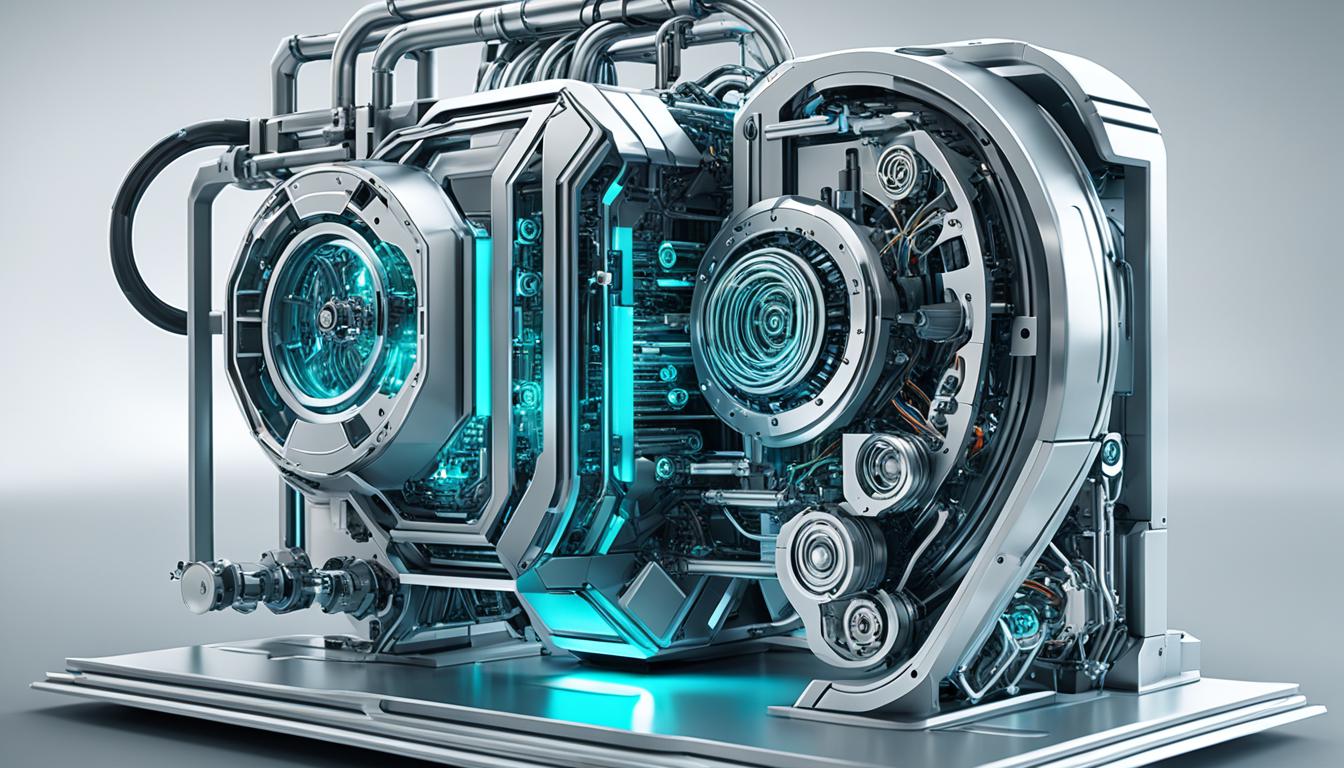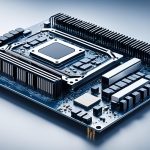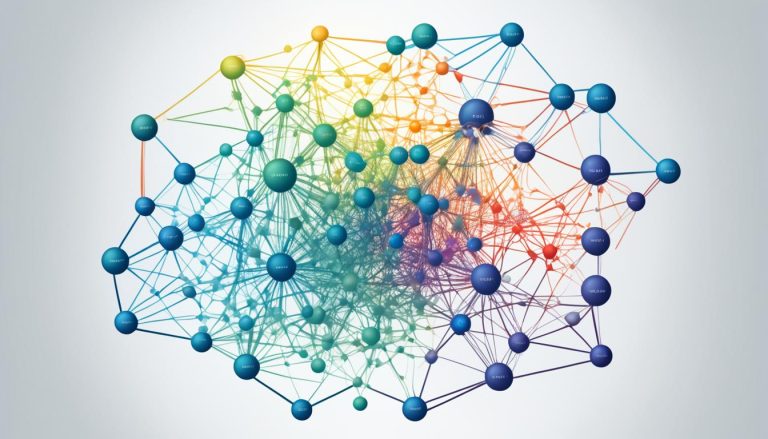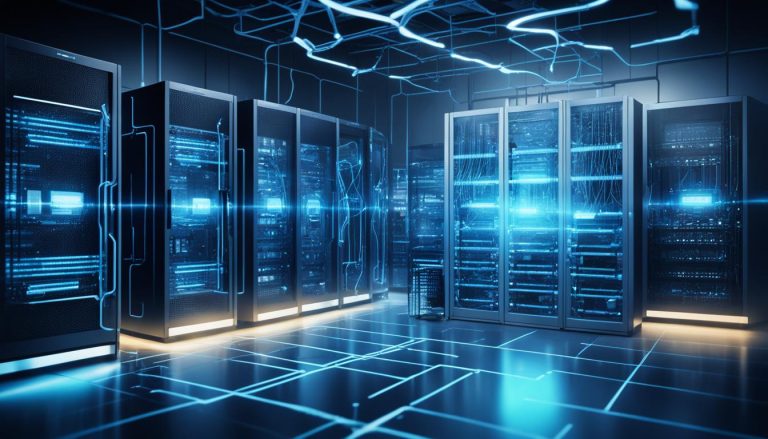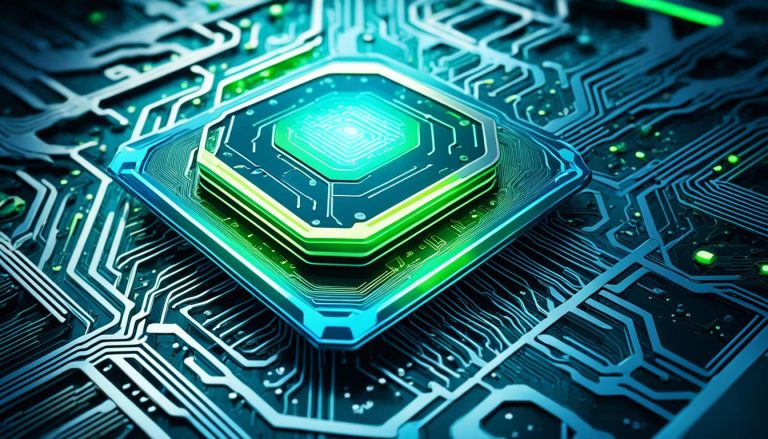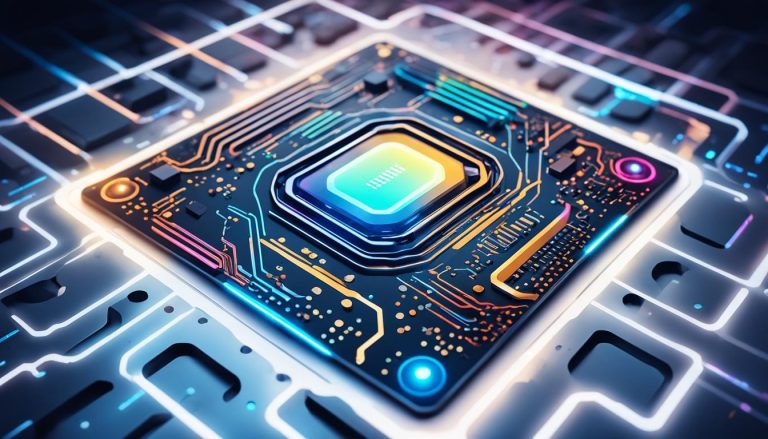Robotics and Autonomous Systems (RAS) integrate robotics, artificial intelligence (AI), machine learning, sensors, actuators, and control systems to develop intelligent machines. These machines have applications in manufacturing, healthcare, autonomous vehicles, and agriculture. RAS hardware, consisting of robotic platforms, manipulators, sensors, and embedded computing systems, plays a crucial role in enabling their functionalities. RAS software encompasses algorithms, software frameworks, and AI models that govern robot behavior and perception.
Perception and sensing rely on various sensing modalities, while control and planning algorithms optimize robot behavior and motion. However, ensuring the safety and ethical implications of RAS development poses challenges, as does interdisciplinary collaboration between experts in robotics, AI, and other fields.
In this article, we will explore the key components of RAS hardware, understand the applications and impact of RAS in various industries, discuss the challenges faced in RAS development, and delve into AI optimization for autonomous robots. We will also explore the benefits and future trends of AI in robotics.
Key Takeaways:
- RAS combines robotics, AI, machine learning, sensors, and control systems.
- RAS hardware includes robotic platforms, manipulators, sensors, and embedded computing systems.
- RAS software encompasses algorithms, software frameworks, and AI models.
- RAS has applications in manufacturing, healthcare, autonomous vehicles, and agriculture.
- Challenges in RAS development include safety, ethical implications, and interdisciplinary collaboration.
Understanding Robotics and Autonomous Systems (RAS)
Robotics and Autonomous Systems (RAS) encompass a diverse range of technologies and methodologies aimed at developing intelligent machines. RAS combines elements of **robotics**, artificial intelligence (AI), machine learning, sensors, actuators, and control systems. These technologies enable machines to perceive, reason, and act in dynamic and unstructured environments.
RAS includes hardware components like robotic platforms, manipulators, sensors, actuators, and embedded computing systems, as well as software and AI algorithms that govern robot behavior, perception, and decision-making capabilities. Perception and sensing rely on various sensing modalities, while control and planning algorithms optimize robot behavior.
“The integration of **robotics** and **autonomous systems** with AI has opened up new possibilities for developing intelligent and adaptable machines. RAS technology enables robots to interact with their surroundings, perform complex tasks, and make autonomous decisions.”
RAS technology has transformative applications in various industries such as manufacturing, healthcare, autonomous vehicles, and agriculture. By leveraging the power of **RAS** and AI, businesses can streamline their operations, improve efficiency, and address complex challenges.
The Role of Robotics in RAS
Robots are the physical embodiment of RAS technology. They consist of robotic platforms, manipulators, sensors, and actuators, which enable them to interact with the physical world. Robots are equipped with sensors to perceive their surroundings, such as cameras, LiDAR, radar, ultrasonic sensors, and inertial measurement units (IMUs). These sensors provide valuable data that allows robots to understand their environment and make informed decisions.
The Power of AI in RAS
AI plays a crucial role in enabling intelligent decision-making and behavior in RAS. AI algorithms, including machine learning techniques such as deep learning, reinforcement learning, and computer vision, provide robots with the ability to learn from data, adapt to changing environments, and perform complex tasks autonomously. By leveraging AI, robots can perceive their surroundings, reason about the best course of action, and execute tasks with precision.
“The combination of AI and **RAS** enables robots to analyze complex data, learn from it, and autonomously adapt their behavior. This capability drives innovation and opens up new possibilities for applications across industries.”
RAS has the potential to revolutionize industries, improve productivity, and enhance the quality of life. By developing intelligent machines that can operate autonomously, RAS technology is poised to address global challenges and create a more efficient and sustainable future.
Key Components and Technologies in RAS
RAS (Robotics and Autonomous Systems) encompasses a wide range of key components and technologies that enable the development of intelligent machines. These components and technologies include:
- Hardware: Robotic platforms, manipulators, sensors, actuators, and embedded computing systems. These hardware components allow robots to interact with the physical world, perceive their surroundings, and execute tasks with precision.
- Software: Algorithms, software frameworks, and AI models that govern the behavior, perception, and decision-making capabilities of robots in RAS. These software components enable robots to perform complex tasks autonomously.
- Machine Learning: Techniques like deep learning, reinforcement learning, and computer vision play a crucial role in RAS. Machine learning enables robots to learn from data, adapt to new situations, and continually improve their performance.
- Perception and Sensing: RAS relies on various sensing modalities such as cameras, LiDAR, radar, ultrasonic sensors, and inertial measurement units (IMUs). These sensors allow robots to perceive their environment and gather information for decision-making.
- Control and Planning: Control and planning algorithms optimize robot behavior, motion, and manipulation capabilities. These algorithms ensure that robots perform tasks efficiently and safely, following predefined rules and objectives.
RAS technology combines these key components to create intelligent machines capable of operating autonomously in dynamic and unstructured environments. By integrating hardware, software, AI, perception, and control, RAS revolutionizes industries and provides innovative solutions for various applications.
RAS Hardware Components
RAS hardware components play a vital role in enabling robots to interact with the physical world and execute tasks accurately:
“The hardware components in RAS, including robotic platforms, manipulators, sensors, actuators, and embedded computing systems, enable robots to perceive their surroundings and perform tasks with precision.”
| Hardware Components | Function |
|---|---|
| Robotic Platforms | Provide a stable base for robot movement and operation. |
| Manipulators | Enable robots to interact with objects and perform specific tasks. |
| Sensors | Gather information about the environment, such as depth, distance, and object recognition. |
| Actuators | Convert electrical or pneumatic signals into physical motion, enabling robot actions. |
| Embedded Computing Systems | Process sensory data and execute control algorithms, enabling robot decision-making. |
RAS Software and AI Models
RAS software and AI models govern robot behavior, perception, and decision-making capabilities:
“RAS software encompasses algorithms, software frameworks, and AI models that enable robots to learn, perceive their environment, and make informed decisions.”
| Software and AI Models | Function |
|---|---|
| Algorithms | Control robot behavior, motion planning, and task execution. |
| Software Frameworks | Provide a programming environment for developing and deploying robotics applications. |
| AI Models | Utilize machine learning techniques to enable robots to learn from data and adapt to new situations. |
By integrating these key components and technologies, RAS enables robots to perceive, reason, and act in real-world environments, opening up possibilities for automation, optimization, and innovation.
Applications and Impact of RAS
RAS (Robotics and Autonomous Systems) technology is revolutionizing various industries with its diverse applications and significant impact. Let’s explore how RAS is transforming different sectors.
Manufacturing Automation
In the manufacturing sector, RAS is driving innovation by revolutionizing production processes. It enables flexible and agile operations, allowing manufacturers to adapt to changing demands efficiently. Collaborative robots, also known as cobots, work alongside human workers, enhancing productivity and safety. Moreover, RAS has paved the way for lights-out manufacturing facilities, where robots operate autonomously, optimizing production efficiency and reducing costs.
Healthcare Robotics
In healthcare, RAS is playing a pivotal role in various applications. Minimally invasive surgery benefits from robotic assistance, allowing surgeons to perform complex procedures with precision and minimal invasiveness. Rehabilitation robotics aids in the recovery of patients by providing targeted therapy and personalized assistance. Telemedicine and assistive robotics are other areas where RAS is improving healthcare accessibility and patient care.
Autonomous Vehicles
RAS technologies have a profound impact on the transportation sector, particularly with autonomous vehicles. These vehicles rely on RAS capabilities to navigate, sense their surroundings, and make informed decisions. Autonomous vehicles offer safer and more efficient transportation solutions, reducing accidents caused by human error and optimizing traffic flow. Logistics, urban mobility, and last-mile delivery benefit from RAS-enabled autonomous vehicles, enhancing efficiency and sustainability.
Agriculture
The agriculture industry has also embraced RAS to optimize operations and address challenges. With labor shortages and resource constraints, RAS technology provides efficient solutions. Agricultural robots equipped with advanced sensors and AI algorithms can monitor crops, analyze soil conditions, and perform precision tasks such as planting and harvesting. RAS in agriculture promotes sustainability by reducing resource waste and increasing crop yield.
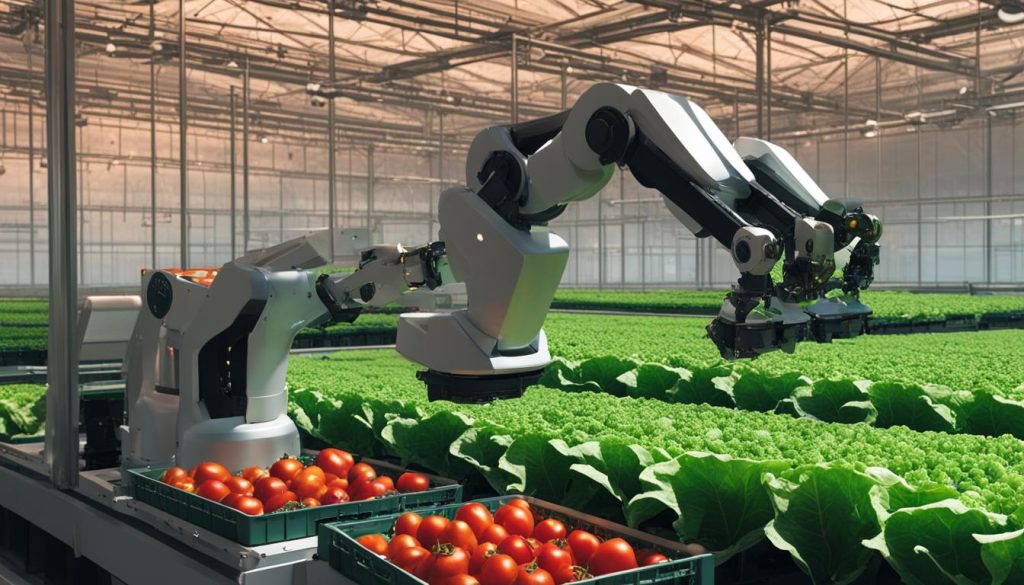
Challenges in RAS Development
The development of Robotics and Autonomous Systems (RAS) presents various challenges that need to be addressed to ensure safe and ethical deployment. These challenges encompass safety considerations, ethical implications, and the need for interdisciplinary collaboration.
Safety: Ensuring Reliable and Secure RAS
When it comes to safety, RAS technologies require robustness, fault tolerance, and fail-safe mechanisms to mitigate risks and protect human well-being. This is particularly crucial in safety-critical applications like healthcare robotics and autonomous vehicles. Engineers and developers must adhere to stringent safety standards and certifications, implementing measures to minimize the possibility of accidents or malfunctions.
Ethical Implications: Balancing Innovation and Responsibility
Deploying RAS raises complex ethical questions that need careful consideration. Job displacement due to automation, data privacy concerns, and questions about AI autonomy and accountability are just a few of the ethical implications. It is essential to address these concerns to ensure that RAS is developed and used responsibly, considering the impact on individuals, society, and the broader ecosystem.
Interdisciplinary Collaboration: Unlocking RAS’s Full Potential
Collaboration across disciplines is a crucial factor in advancing RAS technology effectively. Robotics, AI, engineering, psychology, and ethics experts need to work together to address the multifaceted challenges associated with RAS development. By combining their knowledge and expertise, they can create innovative solutions and integrate ethical considerations at every stage of RAS deployment.
“To overcome the challenges in RAS development, safety should be the top priority. We must build reliable systems that prioritize human well-being. Additionally, interdisciplinary collaboration is key to addressing complex challenges and mitigating ethical implications.” – Dr. Elizabeth Roberts, Robotics & AI Ethics Researcher
Benefits of Overcoming Challenges and Collaborative Efforts
By successfully addressing the challenges in RAS development, we can unlock the full potential of this technology for societal benefit. RAS has the power to revolutionize industries, improve efficiency, and enhance safety. Through interdisciplinary collaboration, we can create robust and ethical frameworks that maximize the positive impact of RAS while minimizing potential risks.
Collaborative efforts can lead to innovative solutions that address safety concerns, ensure ethical practices, and establish transparent guidelines for responsible RAS deployment. This fosters public trust and confidence in RAS applications, enabling organizations and individuals to leverage the immense potential of this transformative technology.
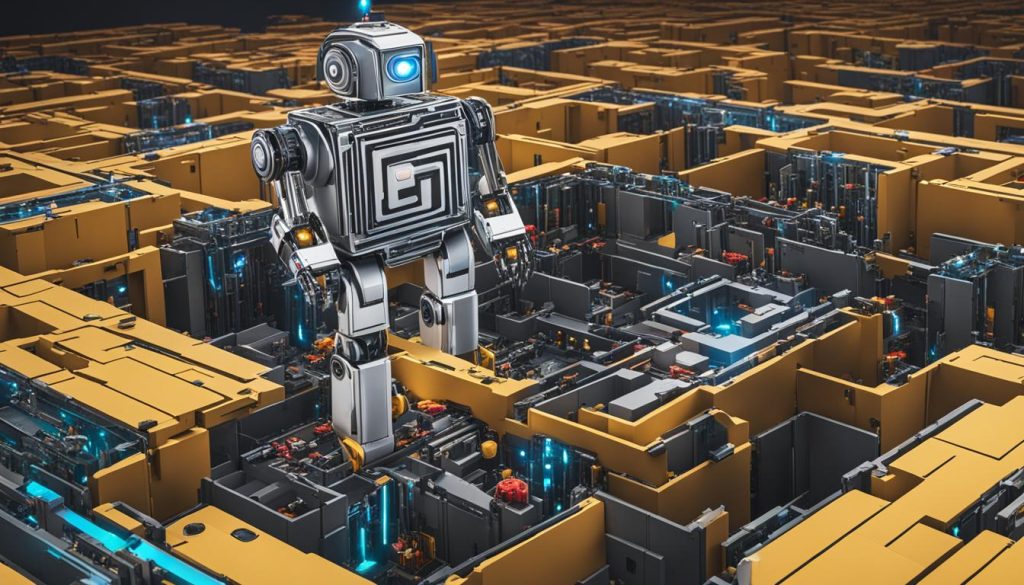
| Challenges | Safety | Ethical Implications | Interdisciplinary Collaboration |
|---|---|---|---|
| Definition | Ensuring safety and reliability of RAS technologies | Addressing ethical concerns related to job displacement, privacy, autonomy, and accountability | Promoting collaboration between robotics, AI, engineering, psychology, and ethics experts |
| Importance | Essential for human well-being and risk mitigation in safety-critical applications | Ensure responsible development and deployment of RAS systems | Fostering innovation and comprehensive problem-solving approaches |
| Impact | Enhanced safety, reduced accidents, and increased reliability | Ethical and transparent use of RAS technologies | Effective integration of knowledge and expertise to overcome challenges |
AI Optimization for Autonomous Robots
Researchers at the Massachusetts Institute of Technology (MIT) have made significant strides in AI optimization for autonomous robots. By leveraging state-of-the-art technology and innovative approaches, they are enabling roboticists to enhance the performance of their machines in simulations.
The heart of this breakthrough lies in an AI optimization tool developed by MIT engineers. This tool leverages an optimization framework and automatic differentiation to identify small but impactful tweaks that can significantly improve a robot’s performance.
The MIT team has put their AI optimization tool to the test on various autonomous systems, including a robot navigating through obstacles and a pair of robots coordinating to move a heavy box. In each case, the tool has consistently demonstrated its ability to enhance the performance of these systems.
AI Optimization in Action
Let’s take a closer look at some examples of how this AI optimization tool has improved the performance of autonomous robots:
Robot Navigating Obstacles: The AI optimization tool analyzed the robot’s behavior and identified ways to optimize obstacle detection and avoidance algorithms. As a result, the robot demonstrated more efficient navigation capabilities, allowing it to traverse complex environments with ease and accuracy.
Robots Moving a Heavy Box: By optimizing the coordination and motion planning algorithms of the two robots, the AI optimization tool enabled them to collaborate more effectively in moving a heavy box. The robots exhibited improved synchronization and efficiency, minimizing the time and effort required to complete the task.
Overall, the AI optimization tool developed by MIT researchers offers a faster and more efficient approach to optimizing autonomous robots. It empowers roboticists to fine-tune their systems, enhancing performance, and unlocking new possibilities in various domains.
Through ongoing research and development, MIT and other institutions are continuously refining AI optimization techniques, pushing the boundaries of what autonomous robots can achieve. This research has profound implications for industries such as manufacturing, healthcare, logistics, and more, where autonomous robots play a crucial role in streamlining operations and improving efficiency.
| Benefits of AI Optimization for Autonomous Robots |
|---|
| Enhanced performance and efficiency of autonomous robots |
| Improved obstacle detection and avoidance capabilities |
| Efficient coordination and collaboration between multiple robots |
| Time and resource savings in complex tasks |
| Unlocking new possibilities in various industries |
AI in Robotics: Benefits and Future Trends
Artificial Intelligence (AI) plays a crucial role in revolutionizing the field of robotics, offering a wide range of benefits and driving future trends. By integrating AI into robotics, we can unlock enhanced efficiency, improved accuracy, increased productivity, risk reduction, safety, and cost savings.
The Benefits of AI in Robotics:
- Enhanced Efficiency: AI-powered robots can perform tasks autonomously, streamlining processes and reducing the need for human intervention.
- Improved Accuracy: With advanced AI algorithms, robots can execute tasks with precision, minimizing errors and maximizing output quality.
- Increased Productivity: AI enables robots to work tirelessly, maximizing productivity and output while minimizing downtime.
- Risk Reduction: AI-powered robots can handle dangerous or hazardous tasks, protecting human workers from potential harm or injury.
- Safety: By leveraging AI technologies, robots can be equipped with sophisticated sensors and algorithms to ensure safe interaction with their surroundings and humans.
- Cost Savings: AI in robotics offers long-term cost savings by reducing labor costs, maximizing operational efficiency, and minimizing errors and waste.
Autonomous robots, powered by AI, have the capability to navigate complex environments, adapt to changing conditions, and perform tasks with minimal human intervention. These robots can work in challenging environments, such as deep-sea exploration, space exploration, disaster response, and hazardous industrial settings.
The use of AI in robotics is projected to contribute significantly to global business growth. Market reports indicate a rising demand for intelligent automation solutions across various industries, including manufacturing, healthcare, logistics, and agriculture. This growing market size offers immense potential for business development and innovation.
Future Trends in AI and Robotics Integration:
The integration of AI and robotics is an evolving field, with ongoing advancements shaping the future. Key areas of development include:
- Advancements in deep learning, enabling robots to acquire and apply knowledge from vast amounts of data, improving decision-making and adaptability.
- Reinforcement learning, where robots can learn by interacting with their environment and receiving feedback, enhancing their problem-solving capabilities.
- Computer vision, enabling robots to perceive and understand visual information, leading to improved object recognition and scene understanding.
- Natural Language Processing (NLP), enabling robots to understand and interact with humans through speech and text, facilitating more intuitive and natural communication.
- Generative AI, which empowers robots to generate new, creative responses and behaviors, fostering innovation and adaptation.
Ethical considerations are critical in the development and application of AI in robotics. Regulations, guidelines, and ongoing research are vital for ensuring responsible and reliable use of AI technologies. Striking a balance between innovation and ethical implications is crucial to foster public trust and create a positive impact on society.
Conclusion
Robotics and Autonomous Systems (RAS) combined with AI offer immense potential to revolutionize various industries, enhance quality of life, and address global challenges. By integrating AI hardware and software in robotics, intelligent automation becomes possible, leading to innovative solutions and advancements. RAS applications in manufacturing, healthcare, autonomous vehicles, and agriculture present opportunities for increased productivity, efficiency, safety, and cost savings.
Despite the challenges related to safety, ethical implications, and interdisciplinary collaboration, the future of AI in robotics looks promising. Responsible innovation and collaborative partnerships will play a crucial role in unlocking the full potential of RAS for the benefit of society.
As we move forward, it is essential to continue exploring the possibilities of AI in robotics, conducting further research, and developing robust frameworks that prioritize safety, ethics, and transparency. The growth and evolution of the RAS field will be driven by continuous advancements in deep learning, reinforcement learning, computer vision, natural language processing, and generative AI.
By addressing these challenges and embracing the future trends, AI in robotics has the potential to reshape industries, improve efficiency, and make significant contributions to our society and the global economy.
FAQ
What is AI hardware in the context of robotics and autonomous systems?
AI hardware refers to the specialized hardware components and systems that are designed to support the implementation of artificial intelligence (AI) algorithms in robotics and autonomous systems. These components enable robots to process and analyze data, make decisions, and perform tasks with intelligence and autonomy.
What are robotics and autonomous systems (RAS)?
Robotics and Autonomous Systems (RAS) encompass a wide range of technologies and methodologies that combine elements of robotics, artificial intelligence (AI), machine learning, sensors, actuators, and control systems. RAS aims to develop intelligent machines that can perceive, reason, and act in dynamic and unstructured environments.
What are the key components and technologies in RAS?
The key components in RAS include robotic platforms, manipulators, sensors, actuators, and embedded computing systems. RAS also encompasses software components, such as algorithms, software frameworks, and AI models that govern robot behavior, perception, and decision-making capabilities.
What are the applications and impact of RAS?
RAS has diverse applications across various industries. In manufacturing and automation, RAS revolutionizes production processes and enables flexible operations. In healthcare and medical robotics, RAS plays a pivotal role in minimally invasive surgery and rehabilitation. RAS also benefits autonomous vehicles and transportation, as well as agriculture, by optimizing operations and promoting efficiency and sustainability.
What are the challenges in RAS development?
Safety, ethical implications, and interdisciplinary collaboration are key challenges in RAS development. Ensuring safety and reliability is crucial in safety-critical applications. Ethical considerations such as job displacement, privacy, autonomy, and accountability must be addressed. Interdisciplinary collaboration involving experts from robotics, AI, engineering, psychology, and ethics is essential for overcoming these challenges.
How does AI optimization benefit autonomous robots?
AI optimization improves the performance of autonomous robots by using an optimization framework and automatic differentiation. It identifies tweaks and improvements to a robot’s performance, enhancing its efficiency and effectiveness in tasks. AI optimization offers a faster and more efficient approach to optimizing autonomous robots.
What are the benefits and future trends of AI in robotics?
AI in robotics offers numerous benefits, including enhanced efficiency, improved accuracy, increased productivity, risk reduction, safety, and cost savings. Future trends in AI and robotics integration include advancements in deep learning, reinforcement learning, computer vision, natural language processing, and generative AI research.
What is the conclusion for AI in robotics and autonomous systems?
The integration of AI hardware and software in robotics and autonomous systems has the potential to revolutionize industries, improve quality of life, and address global challenges. Despite challenges in safety, ethical implications, and interdisciplinary collaboration, responsible innovation and collaborative partnerships will play a crucial role in unlocking the full potential of AI in robotics for societal benefit.

